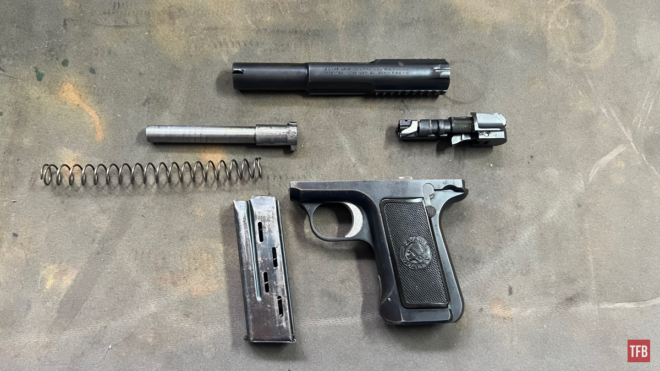Welcome everyone to the TFB Armorer’s Bench! As mentioned in the little blurb below, this series will focus on a lot of home armorer and gunsmith activities. In this article, I am starting the year off right with a commentary article. Today we are covering the Savage 1907, America’s first mass-production double-stack handgun, its field strip, and common issues. Let’s dive into the very retro Art Deco double stack!
Fun Thought: An American company did not mass-produce another double-stack handgun until the 1950s (S&W 39) and the idea didn’t really start catching on (in the US) until the 70s.
TFB Armorer’s Bench: The Savage 1907
Here, we at TFB hope to inform, entertain, and even inspire any would-be gunsmith or armorer out there. Ideally, with the information I provide and with the help of our sponsors, you can have some useful knowledge pertaining to the conservation and improvement of firearms technology while at the same time sharing experiences and teaching each other new tips and tricks along the way in the comments. Digging deep into what it is to be an armorer or gunsmith has significance but what is important is what those people do to show they’ve earned that title. I am happy to share my experiences and knowledge and hope it is informative!
Make your personal safety a priority:
- Practice proper gun safety. Always make sure before the firearm hits your bench that it is unloaded and safe to be handled.
- Wear the proper safety equipment. The main one would be safety glasses (decent ones) since parts are often under spring tension and you may work with high RPM tools. Other honorable mentions would be latex gloves or a respirator when working with potentially harmful solvents and oils. Also hearing protection when working with loud machinery or test-firing firearms.
- Modifications, alterations, and customizations will void your firearm’s warranty 9.5 times out of 10. Please take that into consideration before attempting any at-home gunsmithing.
- If you are unsure about proper safety practices, disassembly procedures, or warranty standards, stop, put down the tools, and consult a competent gunsmith.
Quick History: Savage 1907
The Savage Model 1907 took the firearms scene by storm with its revolutionary “Ten Shots Quick!” double-stack magazine, making waves from 1907 to 1920. Imagine a compact .32 ACP pistol that tipped the scales at a mere 19 ounces but packed a surprising 10-round magazine – a real game-changer back in the day. It was like the cool kid on the block, offering portable, concealable stopping power that turned heads.
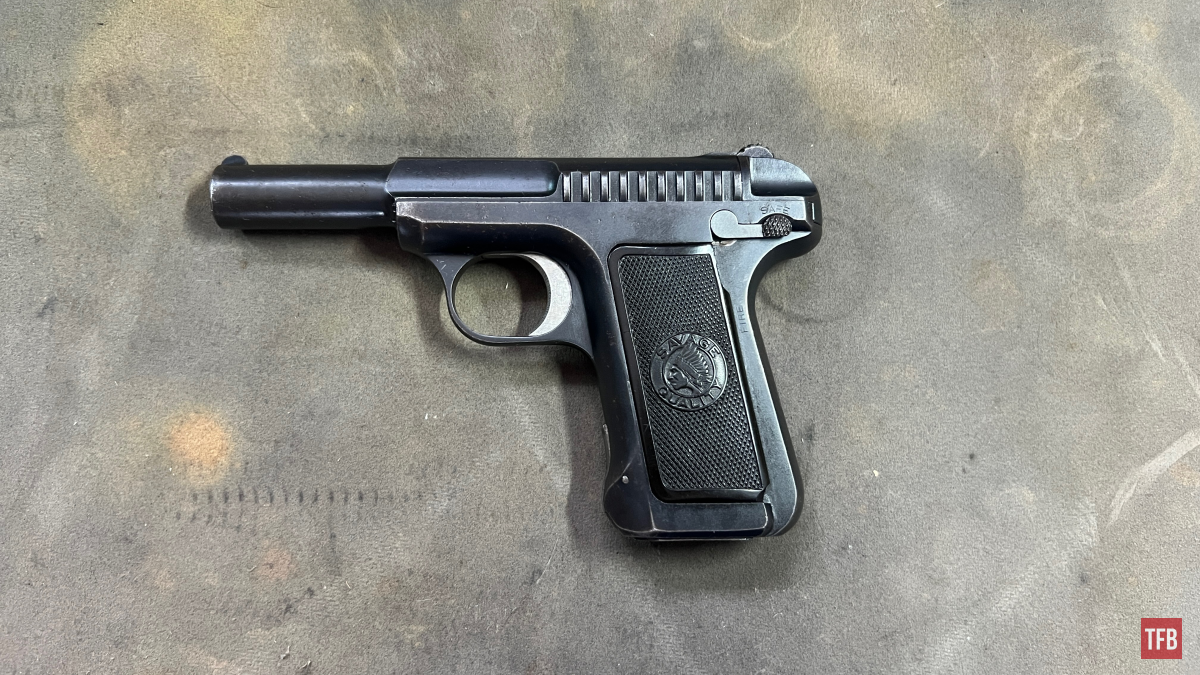
While it wasn’t destined for Hollywood fame, the Savage Model 1907 had its moment in the military spotlight. Over 40,000 units found their way into the hands of the French military during World War I, proving it wasn’t just a showpiece. And let’s not forget its 45 ACP audition for the US Army trials – almost stealing the spotlight from the Colt Model 1911. Though it didn’t snag the lead role, its impact on semi-auto pistol designs was undeniable. The Savage Model 1907: a solid performer that left a mark without needing the red carpet treatment.
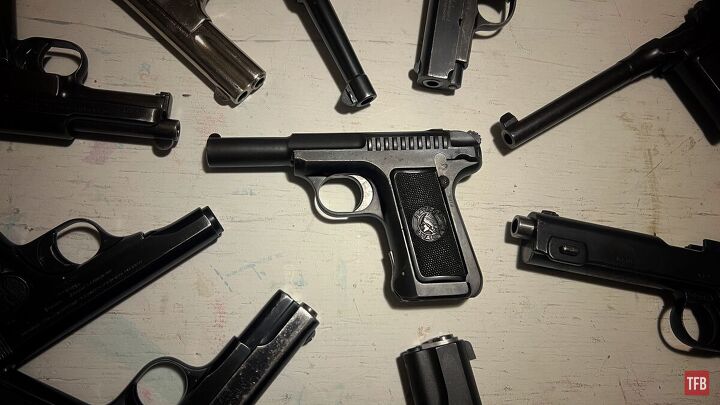
Savage 1907 Field Strip
Remember to wear some safety glasses at the very least with older firearm disassembly. Lots of parts are under spring tension. Field stripping the Savage Model 1907 is super simple. Seems obvious but triple check your firearm is unloaded and your magazine is removed.
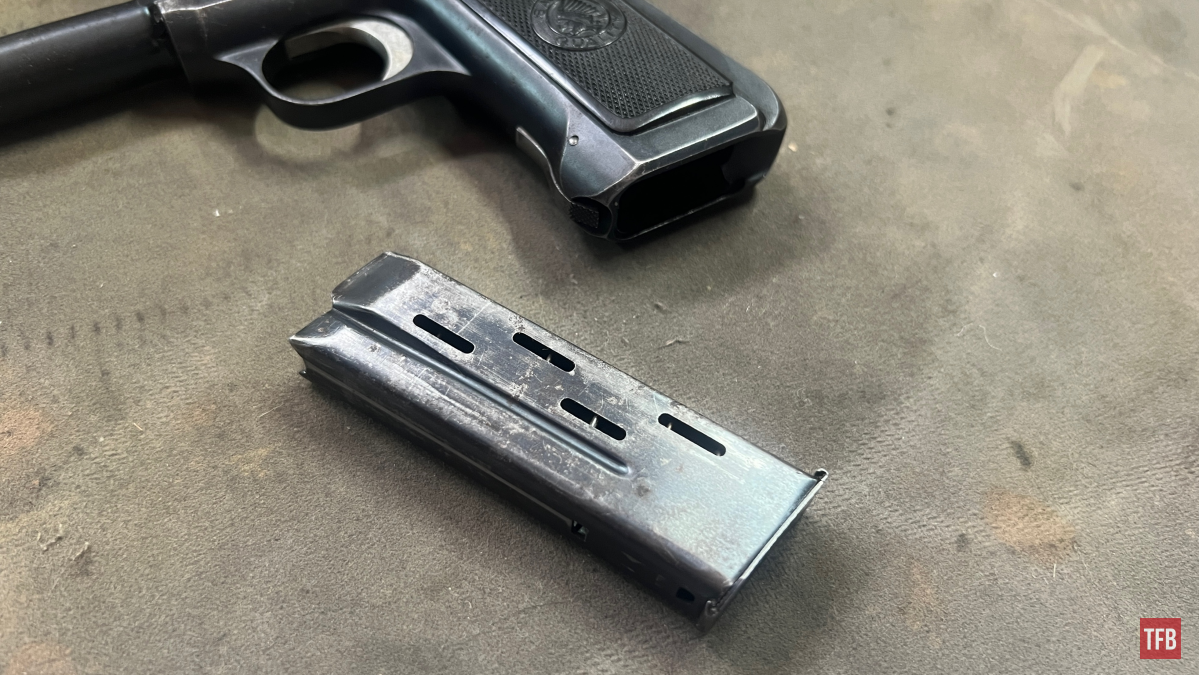
From here the slide can be locked back by bringing it to the rear and placing the safety in the safe position.
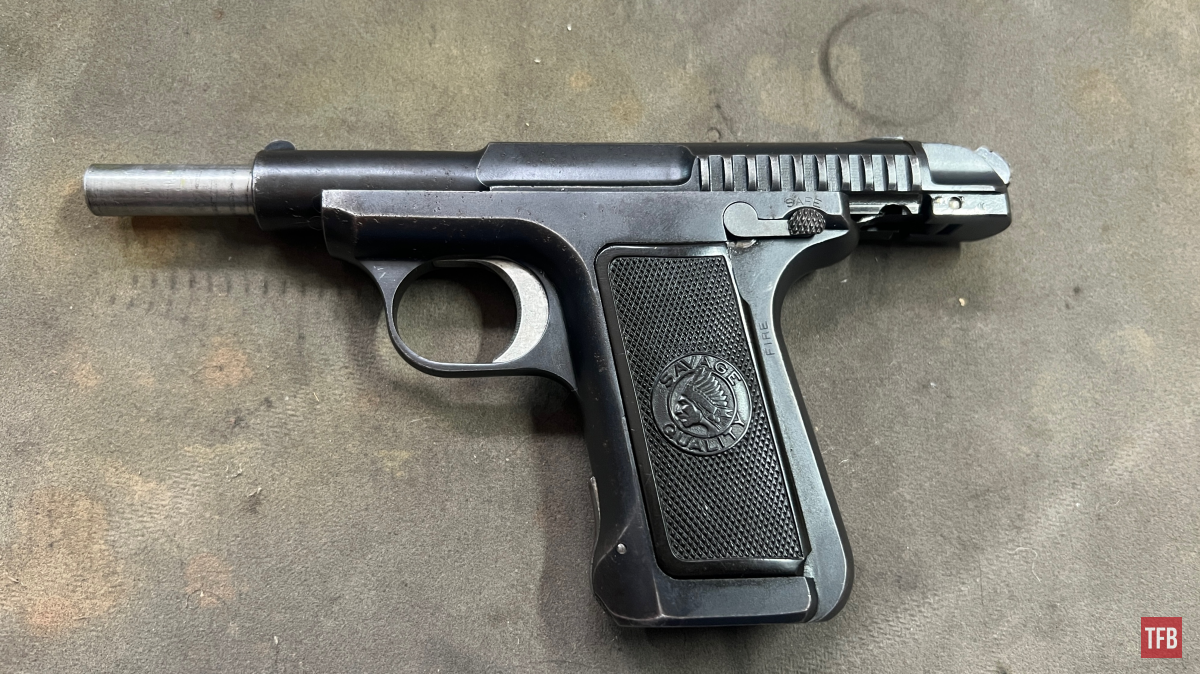
With the slide locked back, the cocking assembly/bolt can be removed. This is done by grasping it, squeezing the hammer down, and rotating the assembly clockwise.
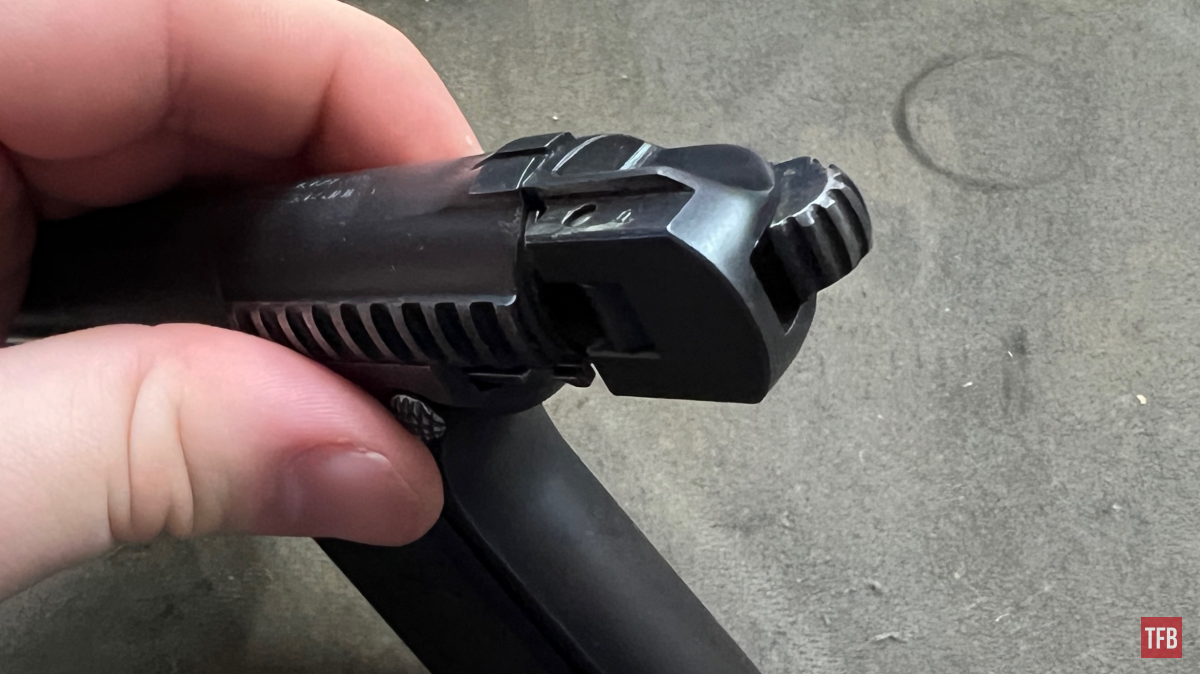
Once rotated, the cocking assembly can be pulled out of the back of the slide. Pressure will have to be applied to the hammer in order to draw the assembly out.
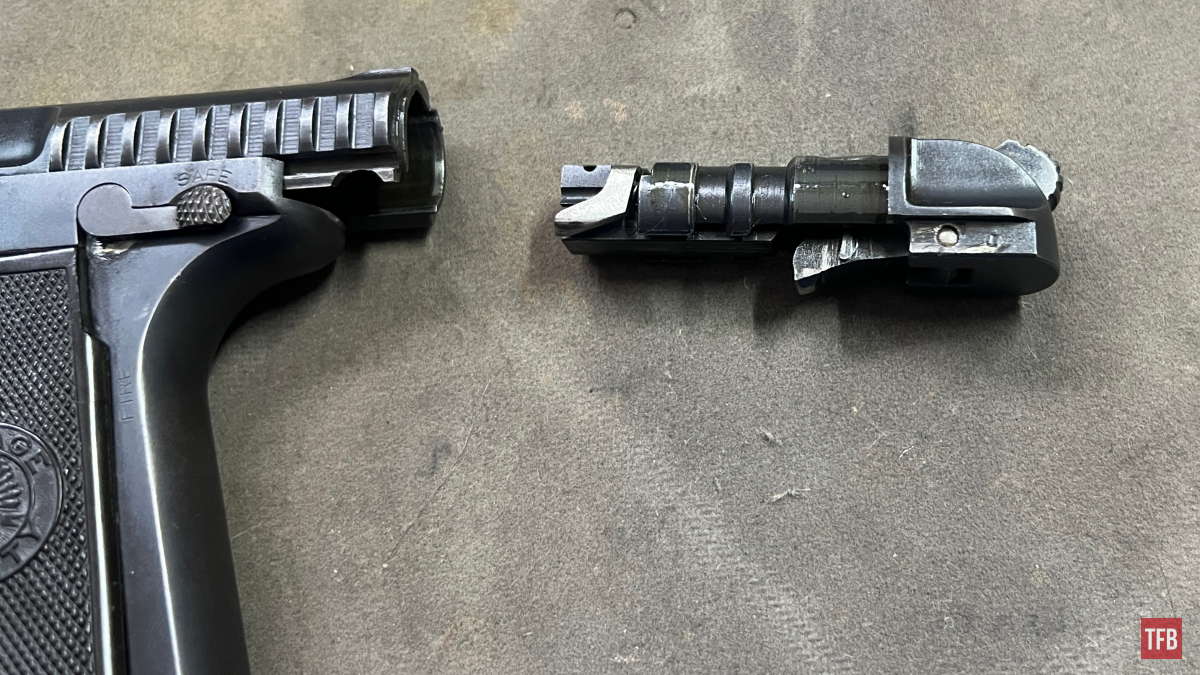
Here we can see that depressing the hammer lifts the cocking lever out of the way so that it can be rotated and removed.
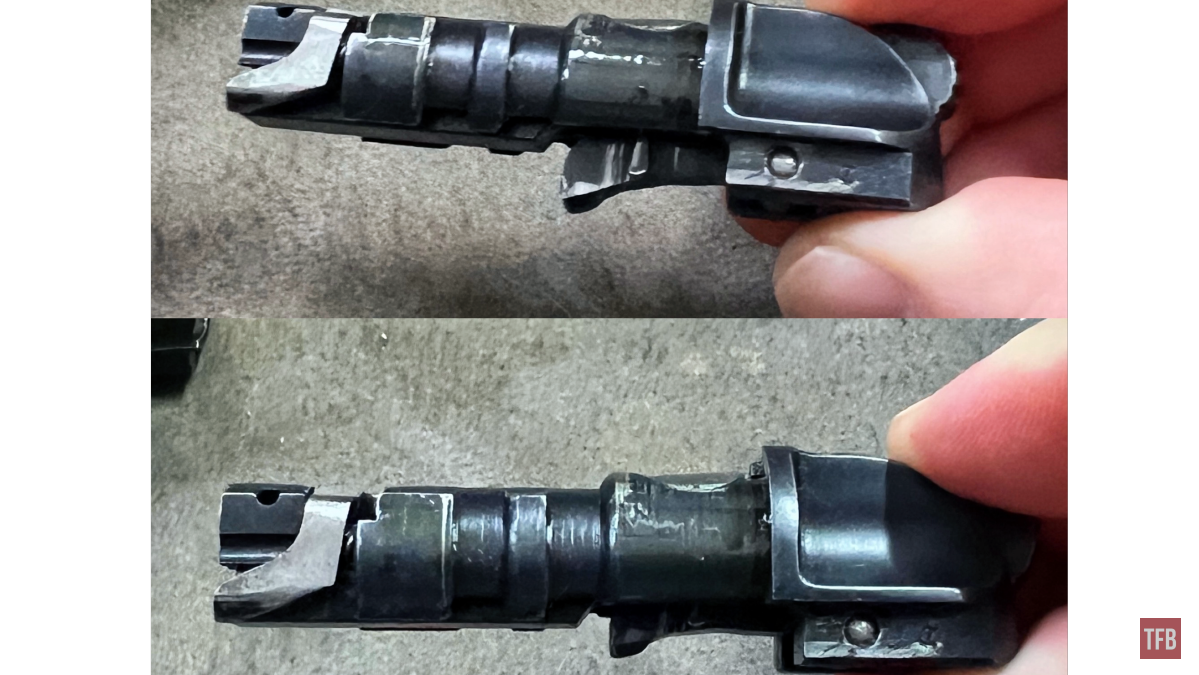
With the faux hammer depressed, the cocking tail lifts up. This can be seen in the lower picture.
With the cocking assembly out of the picture, the slide can be CAREFULLY let down. This is done by grasping the slide and disengaging the safety so the slide is free.
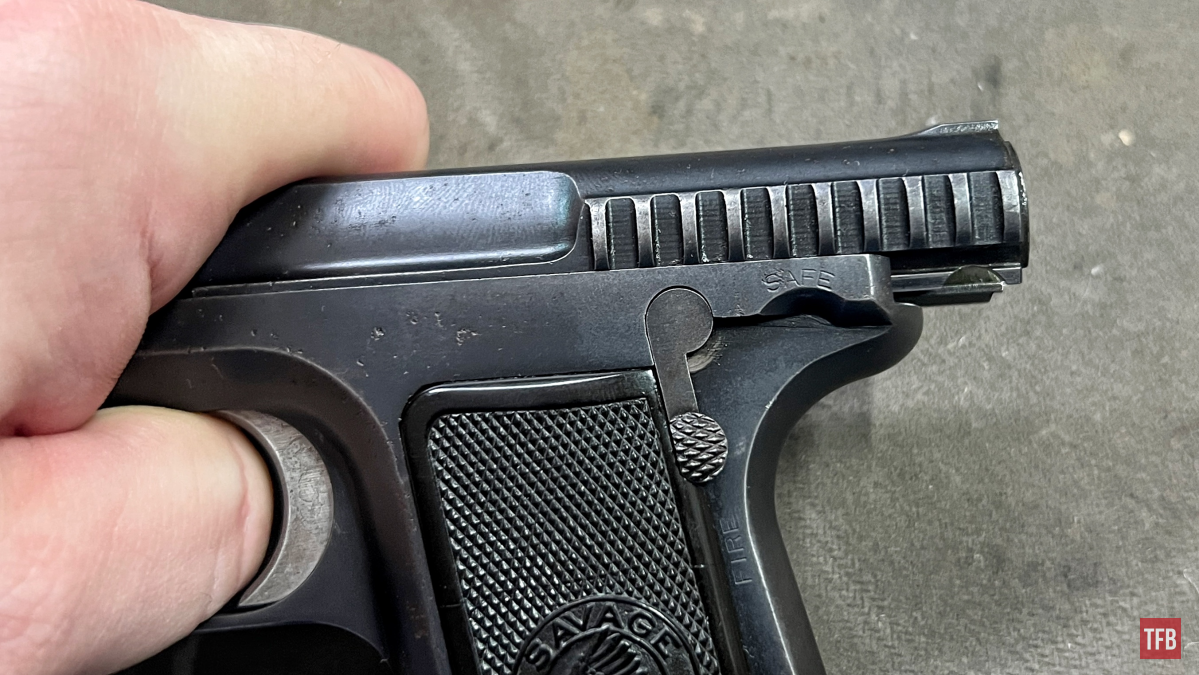
It is under a bunch of spring pressure so be careful not to launch across the room.
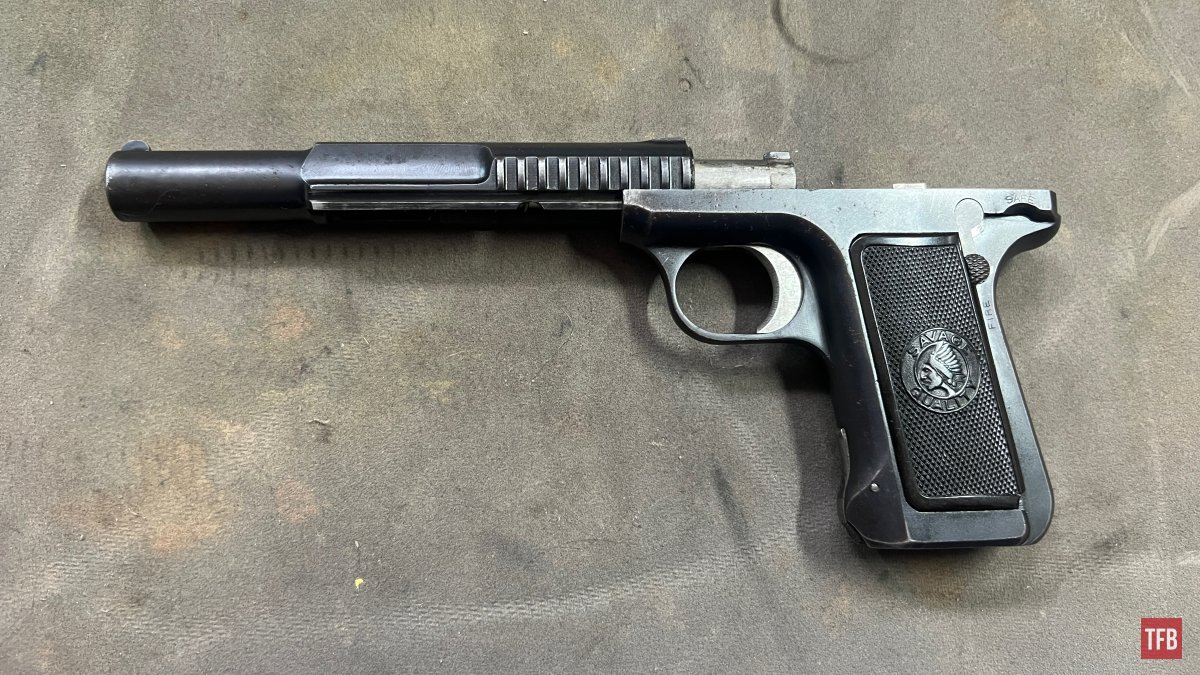
After the slide is removed, the recoil spring and barrel can be lifted out of the frame.
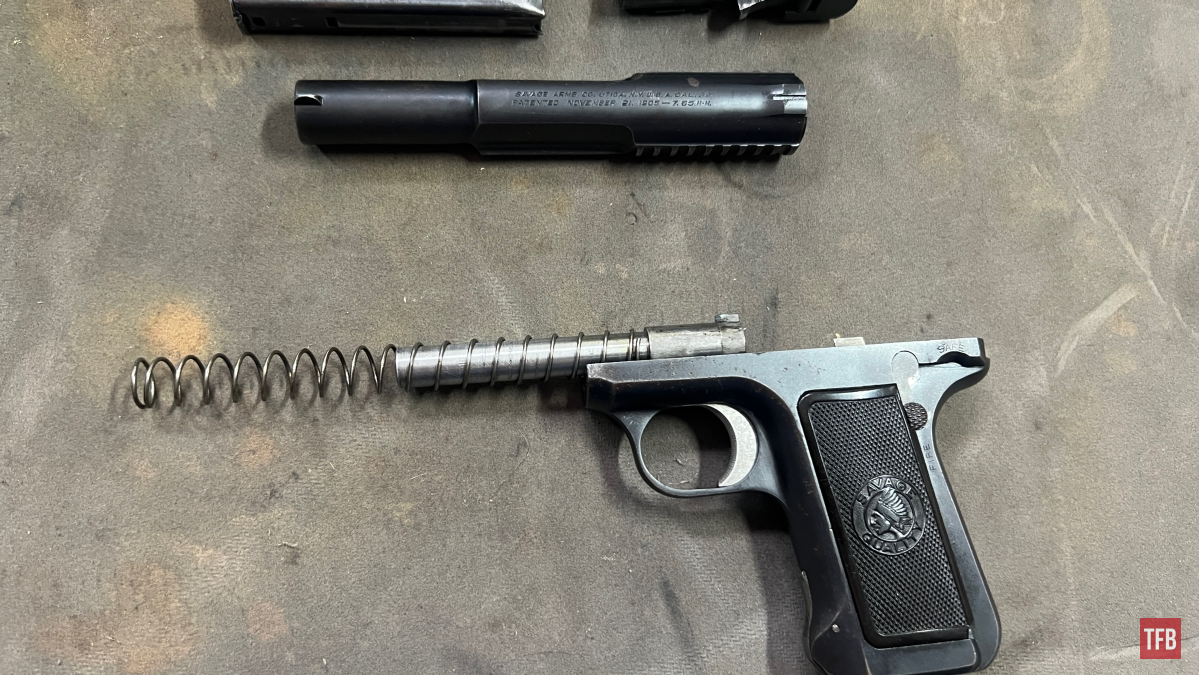
The recoil spring can be slid off of the barrel.
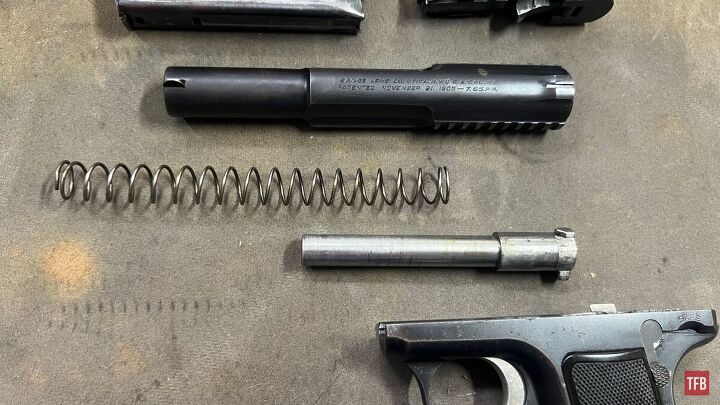
Reassembly is done in the reverse order. The biggest tip is that the cocking assembly will need the hammer to be depressed when reinserting it. If you are more of a visual learner Alex C did this on TFBTV years ago.
Common Issues & Potential Reasons
It’s common for any old gun to have the occasional failure to feed, extract, eject, etc. It is just something that comes with age. The Savage 1907 however is a special case since it has a lot of internal parts that wear down. It could be for several reasons but I’ll narrow it down to three.
- They are fun guns to shoot so they got shot a lot.
- They are a double stack pistol (not many others were standard until the 70s) so it arguably shot about twice as much on average.
- The parts were not heat-treated to the best possible quality because they still needed to be hand-fit.
Hammer Follow/Full Auto/Runaway:
One of the most common issues with Savage 1907 pistols is the occurrence of hammer follow, full-auto fire, or runaway situations. While not extremely prevalent, this problem stands out among various malfunctions.
Important Note: It is ill-advised to take apart your bolt/cocking assembly. It is somewhat difficult to get back together but more importantly, the pieces can be easily damaged.
Typically, this issue stems from a worn sear or firing pin/striker ledge. The sear holds the firing pin through a ledge at the front of the pin. When the trigger bar/sear trip is pulled rearward, the sear lifts slightly, allowing the firing pin/striker to slide underneath and engage.
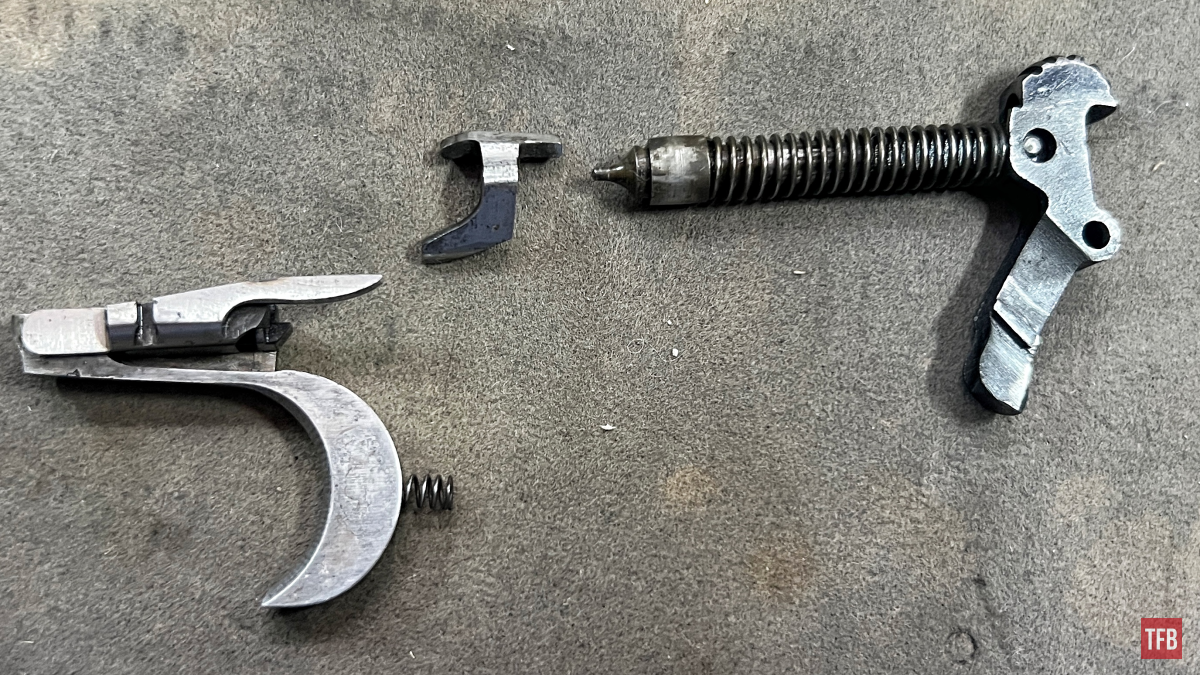
Over time, the ledge on the firing pin can become rounded and worn. An effective fix, while retaining the original striker, involves removing it and flipping it 180 degrees to expose a fresh side/ledge that interfaces with the sear. Since the firing pin/striker is uniform all around, it can be flipped without any problem, and it won’t rotate back due to the pin attached to the faux hammer in the back.
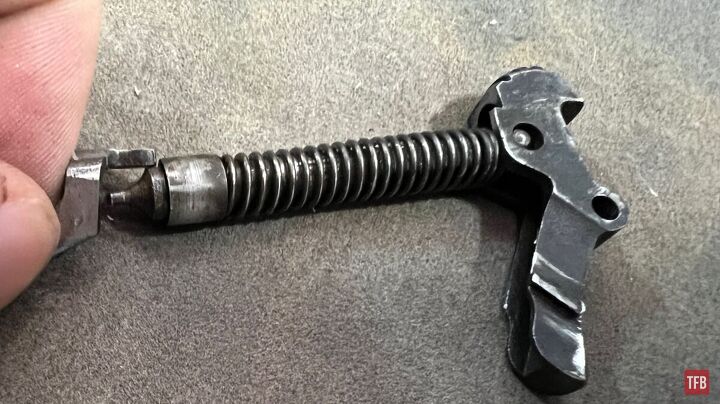
While I haven’t personally performed this fix, considering the common occurrence of this issue, opting for a new or replacement firing pin/striker might be more advisable than simply flipping it, especially if the original was soft enough to round off. Unfortunately, I’m not aware of any reproduction parts available, so a replacement might also be susceptible to wear. Professional heat treatment could potentially address this issue.
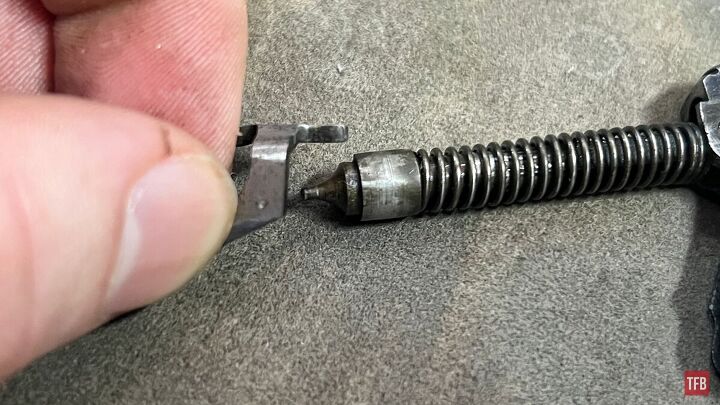
However, caution is required when it comes to heat treatment, as a firing pin/striker that is too hard can become brittle and prone to breakage, while one that is too soft will deform and wear, leading to more problems, including those same hammer follow or runaway situations.
Failures to Extract:
Failures to extract involve situations where the gun fires, but the spent shell casing does not get pulled from the chamber. If the slide moves to the rear, the issue could be attributed to three main factors, in order of likelihood: a dirty or rusty chamber, a broken or worn extractor, or a worn chamber due to the gun’s age and extensive use.
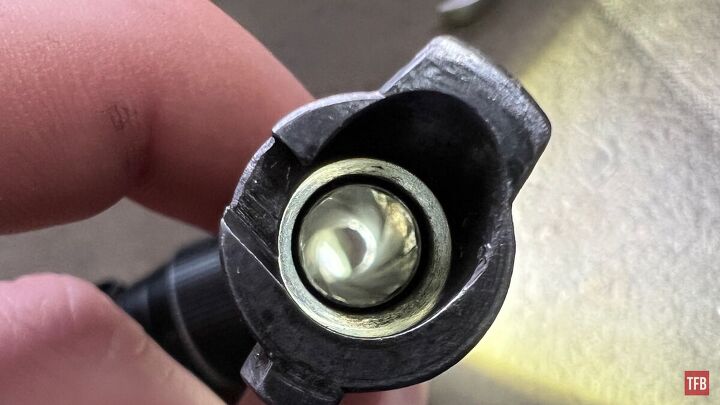
To address dirty chambers, regular cleaning, and maintenance are recommended. For broken extractors, replacement is necessary. Dealing with a worn chamber may involve consulting a gunsmith who can reline barrels, but it might be more cost-effective to consider buying another Savage 1907 or a replacement barrel.
Dead Triggers:
A dead trigger occurs when the trigger fails to reset, feeling loose and unresponsive. This problem is typically associated with wear on the trigger bar/sear trip or the sear itself, where it interfaces with the trigger bar/sear trip. The internal parts of the Savage 1907 tend to be relatively soft, a common trend for guns of its era. Given its age and extensive use, the only realistic solution is to replace the worn part, though diagnosing which part is the culprit can be challenging.
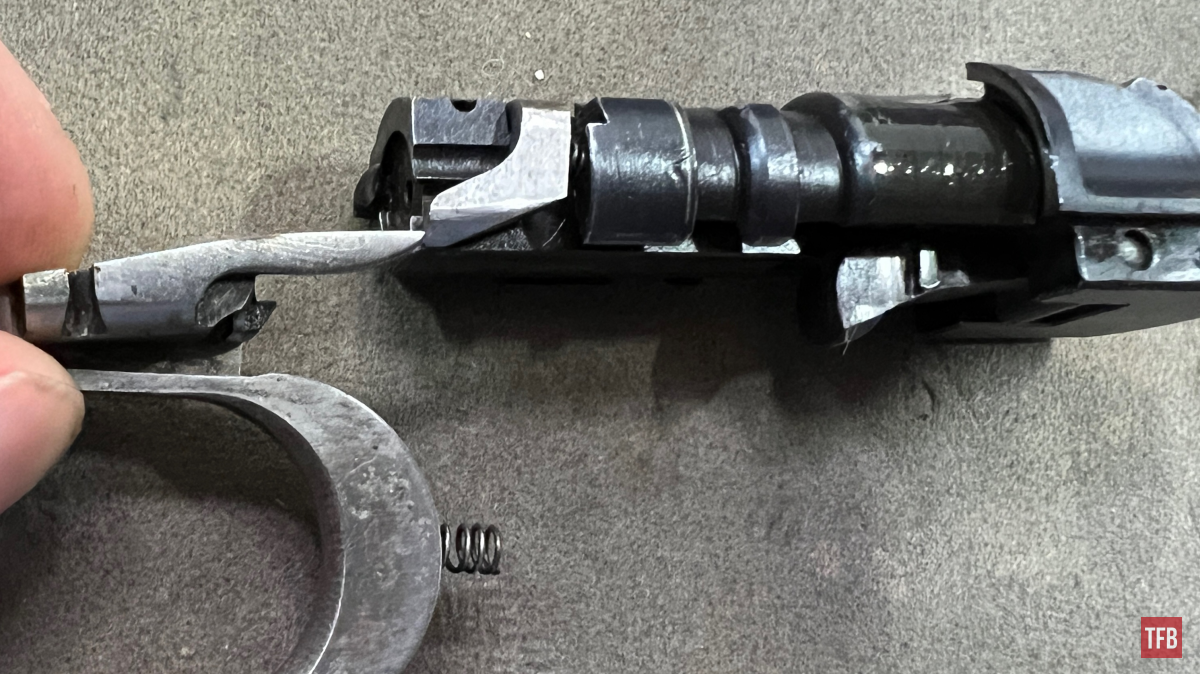
Additionally, dead triggers could be related to built-in safety interlocks, indicating an out-of-battery situation. This may occur due to issues preventing the rotating barrel from fully locking into its position, possibly caused by dirt or loose parts interfering with the proper reset.
Feed Issues:
The unique double-stack magazines introduced in 1907 are thin metal mags. Dents in these magazines can cause jams, and worn or damaged feed lips can lead to consistent feeding problems. Reproduction 8-round magazines are available, although their reliability may vary. Original magazines are often priced over $100, making them expensive to replace.
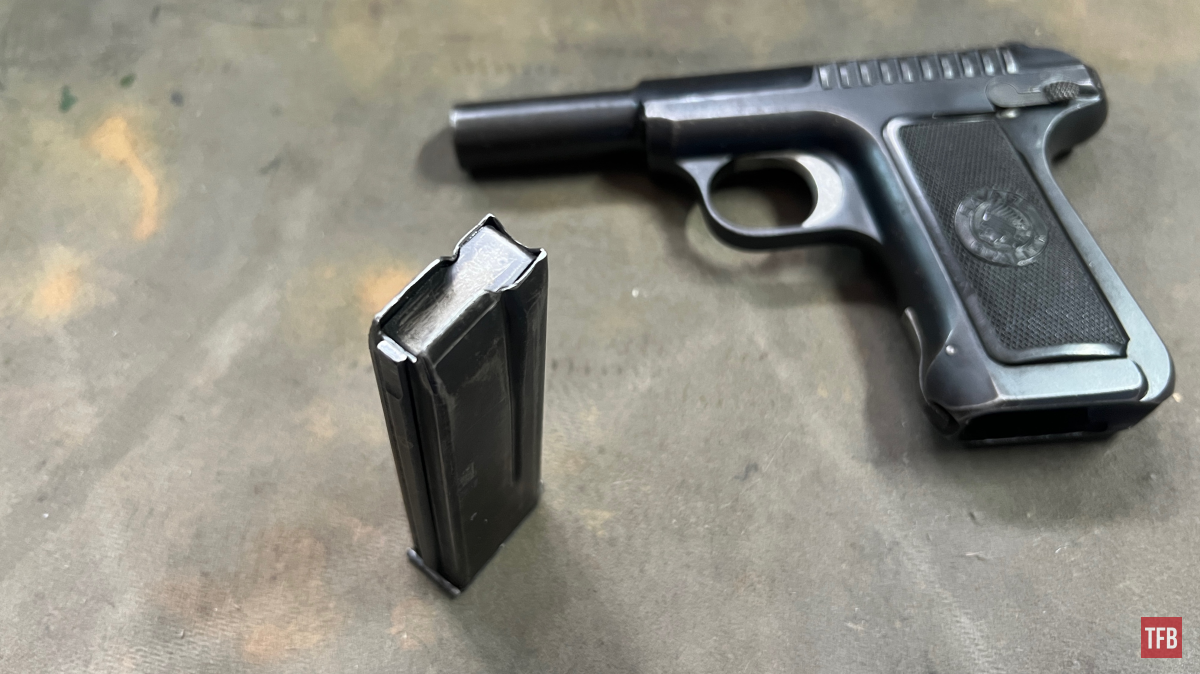
Closing Thoughts: Savage 1907 Commentary
So yeah, the Savage 1907 can have some serious and dangerous problems. BUT if you find one in good and up condition you will likely have few issues. They are known to be excellent and beautiful handguns. I will add on and say they are a hoot to shoot. Keep maintaining yours with proper cleanings and wipedowns! Well, that’s all for now folks. Let me know if you’ve experienced any problems with your Savage 1907 if you have one. Most folks I know love theirs and rarely have issues.
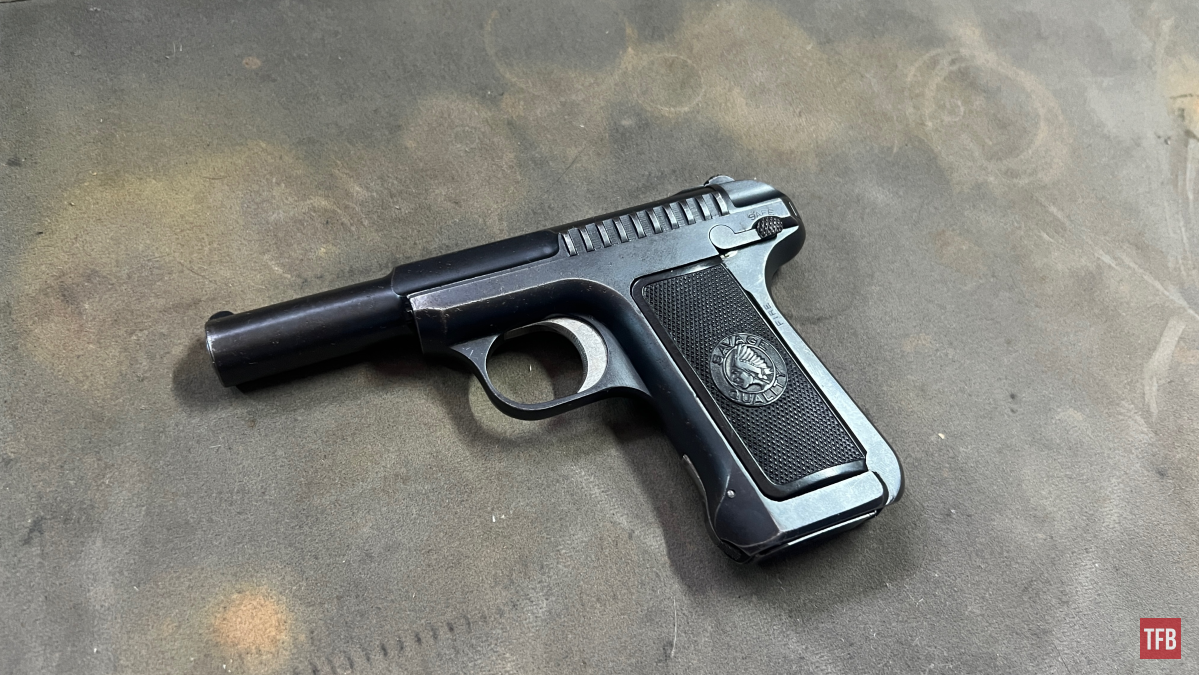
As always, thank you for reading TFB! Be safe out there, have fun while shooting, and we will see you next time for the TFB Armorer’s Bench! Also, let us know what you think in the comments below! We always appreciate your feedback.
 Your Privacy Choices
Your Privacy Choices
